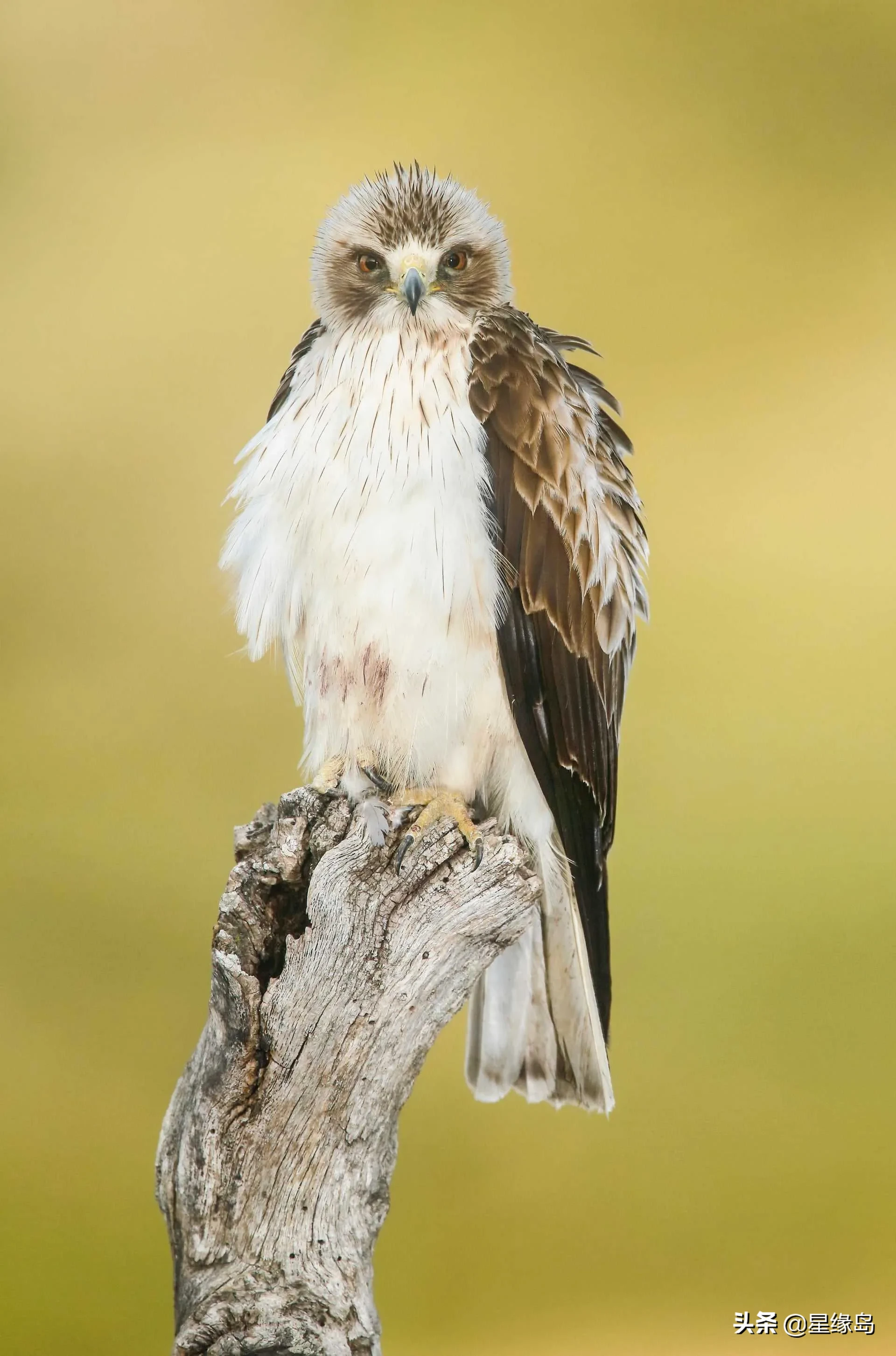Animal intelligence :
Naturalists tell us that insects, birds, and beasts have about five hundred other senses. Toxic air does not damage their senses.
Ants, bees, and caterpillars rely on the sun or moon to navigate. Their eyes can even detect the sun's rays through clouds.
Tilapia, a freshwater fish, emits electrical pulses up to hundreds of times per second, and this wave forms an electric field that is difficult for degraded humans to detect. This is how the fish perceives things from a distance.
Preying birds can see several kilometers away through the device in their eyes, and the predation is crisp and clean, because once they find the target, the eye can be precisely located.
Bats emit ultrasound and navigate according to echoes, which are heard by few animals other than bats. What is even more surprising is that some insects that bats prey on can detect the ultrasound emitted by bats, thus escaping the predation of bats.
Dragon lice glide rapidly on the surface of the pond, but never collide with other insects. Their keen legs are able to sense the force of invisible waves of water stirred up by other glide insects, and that perception allows them to judge in which direction to glide so as not to collide.
Locusts have many sensitive spots on their heads and are able to detect any changes in their flight path.
Following the mysterious highway in the sky, migratory birds fly from south to north every year. Fly from the nesting places in the far north to the south for winter.
In North America, birds have been doing this since the Ice Age, but science still doesn't understand how they always follow precise time, flight routes, and travel year after year to the same places in the north and south.
Many birds fly long distances, sometimes non-stop, over oceans thousands of nautical miles, and then fly back in a completely different route in the following spring. No one knows how they navigate.
Tiny Asian birds that regularly travel between Siberia and India, flying over the six-thousand-meter-high peaks of the Himalayas. The Pacific Golden Spotted Bird flies 2,400 nautical miles each fall, flying over oceans without any islands as a reference, flying from Alaska to Hawaii, and is able to find its destination unmistakably.
The champion of long-distance flight among the birds is the Arctic Tern. Nesting in the northernmost polar region of the Arctic Ocean, the birds fly across the ocean in early September to Europe, then along the west coast of Africa and finally to the outer edge of the Antarctic Ocean, the Antarctic region. The following spring, it returned via South America. Terns that travel the globe fly for up to 22,000 nautical miles a year.
In terms of image localization, Deslandres said that the reason why birds are able to return home precisely is because a mysterious electrical perception is at work. He wrote: "In the absence of visible landmark references, birds can still fly over places and return to their original places. I once saw a pigeon, at an altitude of more than fifteen hundred meters, being released from a balloon. The pigeon was placed in an airtight box with a balloon. As soon as it was released, it flew quickly around the balloon twice, and then without hesitation, it flew to the pigeon nest four hundred kilometers away. "
On May 9, 1952, the news reported that a cat had traveled more than 700 kilometers and returned to its owner's home. The report said that A. Snyman (A. Snyman) S. Snyman took his two-year-old cat from Bloemfontein in South Africa to Brandfort in orange free State, then left it there and drove home himself. Twenty-six days later, the cat miraculously reappeared on Snyman's farm in Cape Province. It was already thin and almost exhausted. Remember that Brandford is more than seven hundred kilometers from the farm.
Weeks before the terrible upheavals in Martinique in 1902, the people of st Pierre, the capital, were in a state of extreme panic. The volcano Pelle shows signs of an imminent eruption. Scientists and geologists did a thorough investigation and then reassured people that there was no danger of eruptions. So people calmed down, but the animals didn't.
First, the amphibians left here, followed by the mammals, and finally all the birds. A day later, a terrible volcanic eruption occurred, and all the people suffocated by inhaling the erupting carbon dioxide.
Animals have natural abilities to warn them of imminent danger, and the degenerated Homo Sapiens are the last to perceive danger directly, despite the so-called advanced science and instruments of science.
In the face of many other disasters, the same tragedy has occurred and will continue to happen. Wild animals survive out of danger zones, but humans, without warning, remain in place and can only wait for death.
......................
Star Edge Island read the article --- after reading it
Animals are closer to nature...
Disclaimer: The copyright of the published graphics originates from the internet and belongs to the original author and the website. If there is any infringement, please contact to delete.
